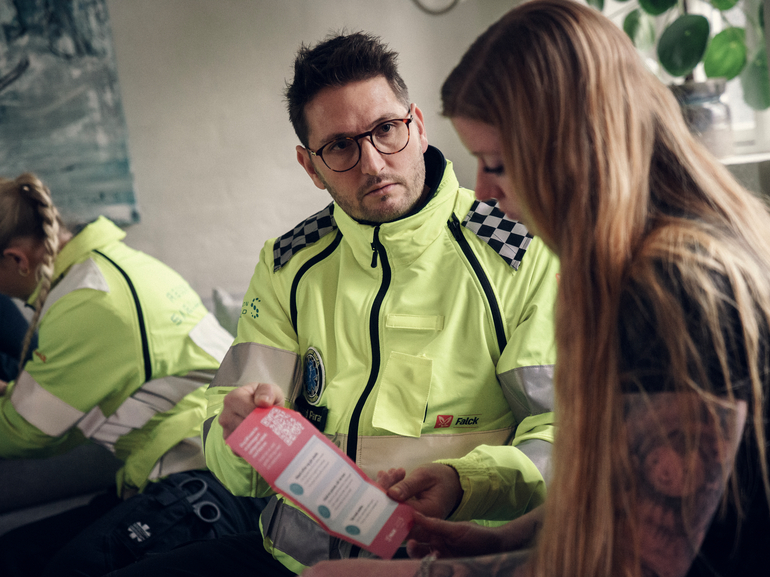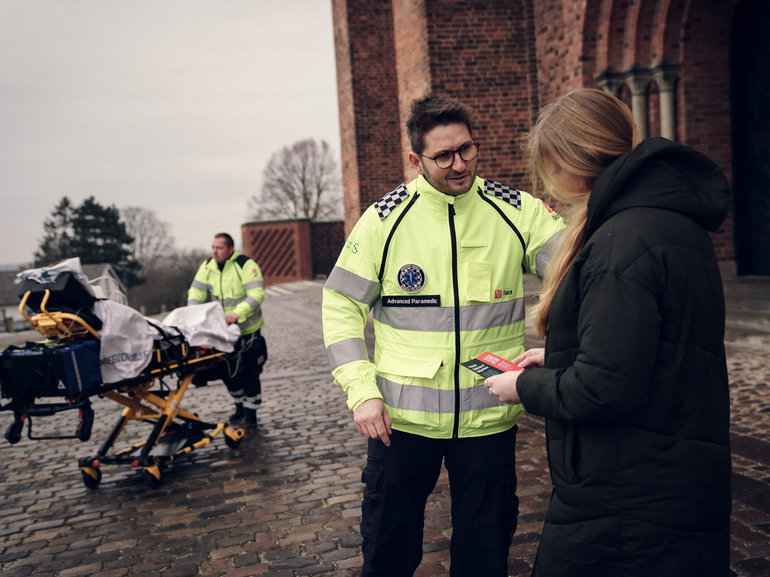In Falck, we continually work to find new solutions to benefit our patients and improve the healthcare sector. In collaboration with public and private partners, we are currently testing the use of drones to transport blood tests and medicine.
This week, the HealthDrone project reached a very important milestone: We are now testing flights, where drones fly so far away that they can no longer be seen by the pilot. The technical term is BVLOS, Beyond Visual Line of Sight.
“The rules for drone flying are very restrictive, and generally the pilot must be able to see the drone with the naked eye, limiting the range to about 500 metres. In the HealthDrone project, we try to overcome the barriers so that health drones can fly between hospitals, medical clinics and home care facilities. Now, for the first time, we have been given permission to carry out BVLOS-flights,” says project leader Kjeld Jensen from the University of Southern Denmark.
Drones can help patients in remote areas
The use of drones is a great opportunity to develop healthcare transportation, explains Nicolai Søndergaard Laugesen, who is responsible for Falck's drone projects and contracts with public customers.
“The patients must be at the centre of everything we do, and today it goes far beyond bringing them to the hospitals. We want to help bring specialised help from the hospitals out to the patients, including those who live in remote areas. This is where drones can make a big difference,” says Nicolai Søndergaard Laugesen.
In fact, the drones have the potential to revolutionize the entire healthcare sector as we know it, relays Peder Jest, who is a medical director at Odense University Hospital.
"Today, blood samples are transported back and forth in cars, and patients are taken to hospitals for examination. In many cases, patients end up waiting in emergency rooms, only to be sent home again. It costs both time and resources. If we can succeed in making the drones fly back and forth with blood tests and equipment, it might be possible to examine and treat more patients in their own homes, which has a lot of benefits, says Peder Jest.
The HealthDrone project is a collaboration between Falck, the University of Southern Denmark, Odense University Hospital and Svendborg Hospital and the private partners Holo, Unifly and Scandinavian Avionics.



